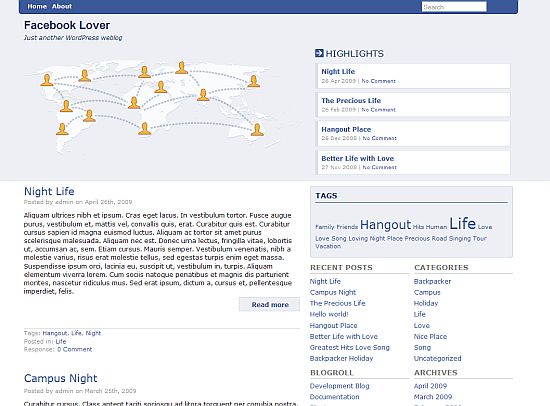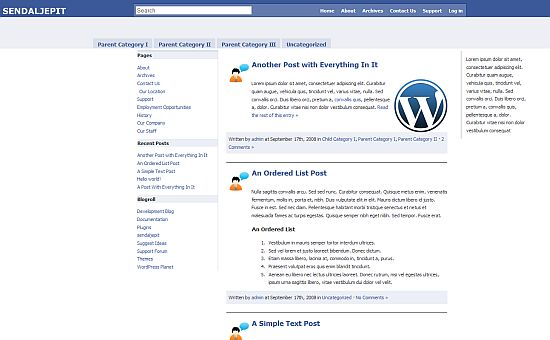The Facebook interface isn’t too bad.
The biggest issue I have with it is that Facebook changes it too often. As soon as you get used to where settings and features are located, they are moved.
I don’t know about you but since the last update, I keep moving my mouse to the left for the home page and to the right for search. I’m sure I will get used to it but I am losing precious seconds of my time ;-)
Here are 7 WordPress themes that have a Facebook like layout (old and new).
photo credit: Bryan Veloso










[…] 7 Free Facebook Themes for WordPress (kimwoodbridge.com) […]